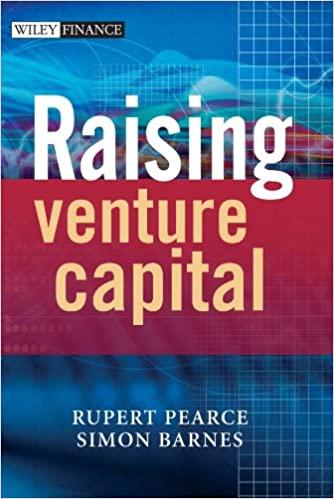Answered step by step
Verified Expert Solution
Question
1 Approved Answer
You are trying to form portfolios based on the following information about Stocks A,B,C and D Expected Return of Stock A = 5%; Stock B
You are trying to form portfolios based on the following information about Stocks A,B,C and D
Expected Return of Stock A = 5%; Stock B = 8%; Stock C = 15%; Stock D = 21%
The Standard Deviation of Stock A = 12%; Stock B = 18%; Stock C = 32%; Stock D = 40%
The Correlation between A,B = - 0.05; A,C = 0.10, A,D = 0.07; B,C = 0.20; B,D = 0.50; C,D = 0.35
The Risk Free Rate is 4.0%
Using Excel, do/answer the following:
- Assume an investor has a risk aversion factor of 3. If they had $100,000, how much should they put in the risky (optimal) portfolio calculated above?
Step by Step Solution
There are 3 Steps involved in it
Step: 1

Get Instant Access to Expert-Tailored Solutions
See step-by-step solutions with expert insights and AI powered tools for academic success
Step: 2

Step: 3

Ace Your Homework with AI
Get the answers you need in no time with our AI-driven, step-by-step assistance
Get Started


